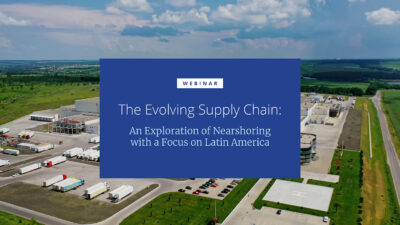Co-authored-by Michelle Cleverdon, Vice President, Colliers Workplace Advisory
With much of the world returning to the office following a long period of pandemic-enforced work from home, companies across industries are grappling with how to effectively attract employees back to the office. While a return to office life brings many benefits for employers, including improved collaboration and social cohesion, there are also barriers for employees given conveniences that virtual work has afforded.
The impacts of acclimating to pandemic life, and the health and safety risks associated with the return to the office are not as prominent as before, but employees still feel reluctant to return. The reasons behind this are complex and may vary person to person, or even city to city, from changes to family routines and logistics to physical barriers in the office that prevent employees from performing at their best. Many traditional workplace habits have been replaced, which may limit employees desire to be in the office. The comfort and control in the home environment, the absence of a commute, a reduced sense of purpose in the office, and flexible work options set by competitors in the same industry could also be reasons why people prefer to work from other locations than the office space.
Companies looking to overcome these barriers and encourage their employees back to the office are turning to creative approaches. With many studies indicating that the future purpose of the office is for socializing, generative collaboration, and connecting with colleagues, many employers are creating opportunities for people to meet, solve complex problems, create bonds and alliances, and socialize.
Other organizations have been planning and supporting big events to get employees back into the office. The spectrum is vast and can include onboarding and welcoming events, leadership town halls, training and leadership meet-and-greets, or even large strategy and/or goals planning sessions. The concept her is the “offsite is the new onsite” and organizations are seeking to create a great experience with amenities to entice teams to come together. Depending on the industry and role, some people find it easier to work from the office as all the resources they need are in one place. Access to flexible work facilities, enhanced printing and scanning, content or recording studios, nicer business supplies, and improved conferencing services are some of the things companies are investing in to attract employees back.
Some organizations have gone beyond the basics to devise and test innovative amenity and benefits strategies that range from free or discounted childcare services, to repurposing office space as a kind of ‘spa day’ or ‘pet day’ to promote stress relief. Another major approach to draw employees back to the office has been increasing incentives and providing bonuses and rewards, or even opening spoke locations that help reduce overall commute time. The theory behind these initiatives is that with increased perks, employees are more likely to put barriers and some of their worries to the side.
 Zinaida Charalambous
Zinaida Charalambous
“One of the biggest and most successful efforts to attract employees back to the office has been offering greater flexibility. The goal of flexibility is to acknowledge that everyone’s work-life needs may vary during this time and make room for flexibility to balance personal responsibilities and work obligations.”
One of the biggest and most successful efforts to attract employees back to the office has been offering greater flexibility. The goal of flexibility is to acknowledge that everyone’s work-life needs may vary during this time and make room for flexibility to balance personal responsibilities and work obligations. This continues to be a proposition of “and” not “or” in terms of office and work from home time. Hand in hand with this concept, the purpose of the office shifting and people working differently than before, many companies invest in improving their office spaces by either enhancing existing areas or adding new spaces to their workplace and investing in workplace technology to bridge the gap between virtual and on-site employees. Companies that do this best are starting from the user experience to ensure that employees work time and location are enhanced and become the best use of time and employee performance.
By finding the right combination of strategies tailored to the unique needs, business objectives, and cultural aspirations of the organization, companies can provide safe and secure working conditions, improved employee engagement, and work-life balance – all for the purpose of unlocking the maximum potential for every employee. And now more than ever, organizations must be zealous about building speed, iteration and resiliency into their strategic directives around the workplace & virtual work experience, amenities & services, and resulting portfolio & location decisions.




 Bret Swango, CFA
Bret Swango, CFA
 Stephanie Rodriguez
Stephanie Rodriguez
 Baily Datres
Baily Datres